photo© mbfitzmahan. 1998: Synagogue in Lutsk, Ukraine.
Thursday, Katie, Don and I went to the opening of the Roman Vishniac exhibit at the Jewish Contemporary Museum.
The visit to the exhibit reminded me of my work in Ukraine. I have been an admirer of Roman Vishniac’s work for many years. I was so excited by his work that when packing for Ukraine in 1997, I took a copy of To Give Them Light. Don and I worked in Lutsk, Ukraine from 1997 to 1998. Erin, Katie and Shauna came with us.
While working in Ukraine, I conducted a search for the few remaining Jews living in Lutsk. I spent a few months interviewing survivors. In the Spring of ’98, our family was invited to attend a Passover celebration. It was the first Passover celebrated in Lutsk since 1939. It had been 60 years.
images ©Maureen Fitzmahan 2016
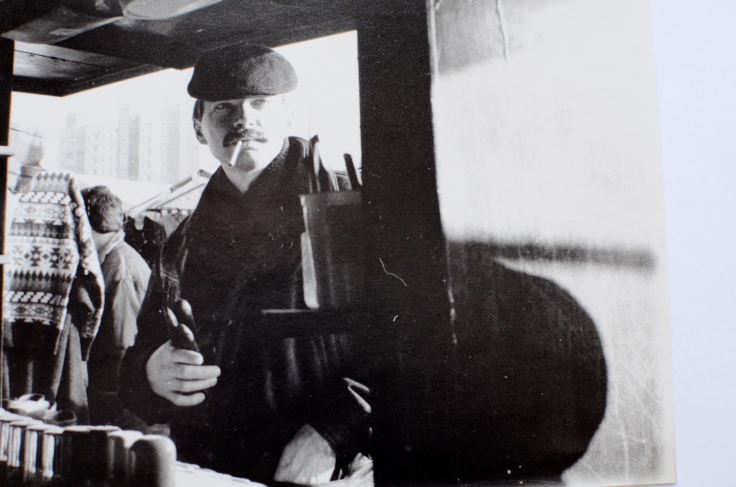
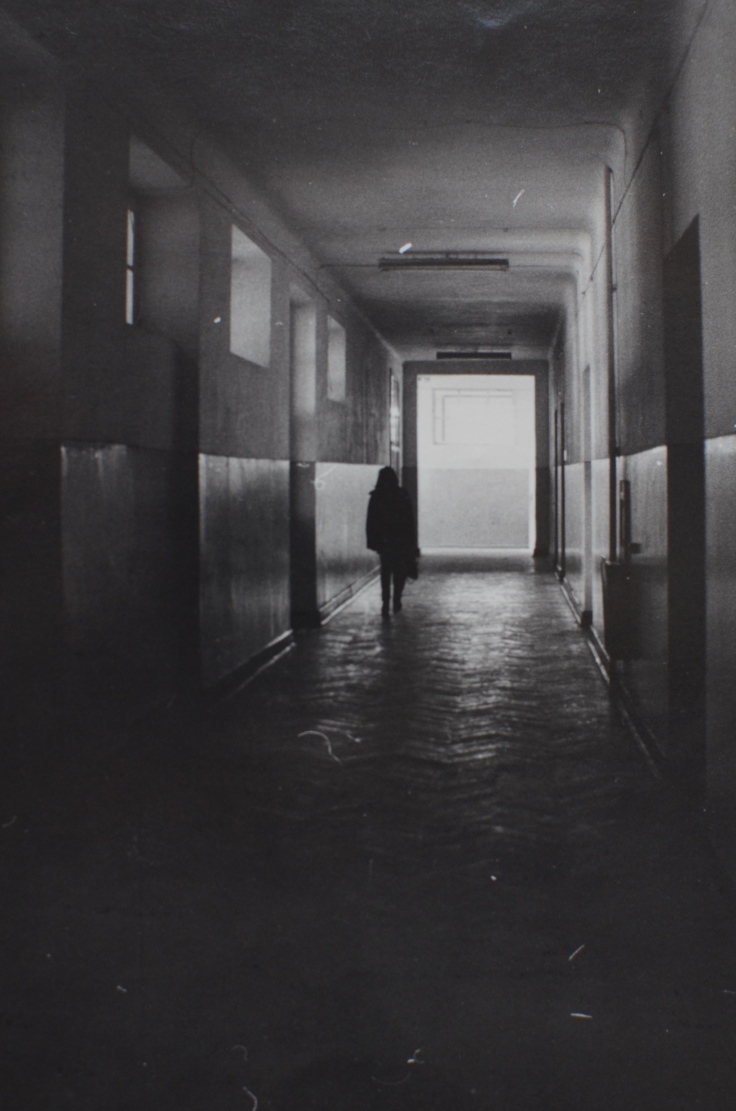
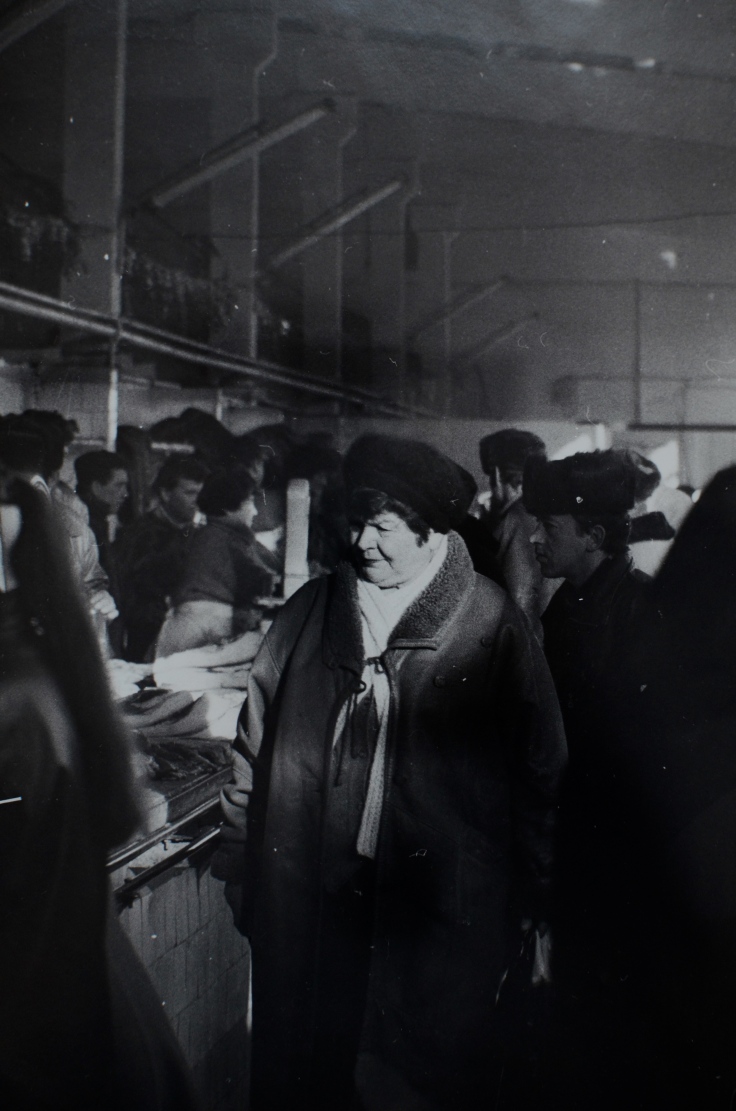
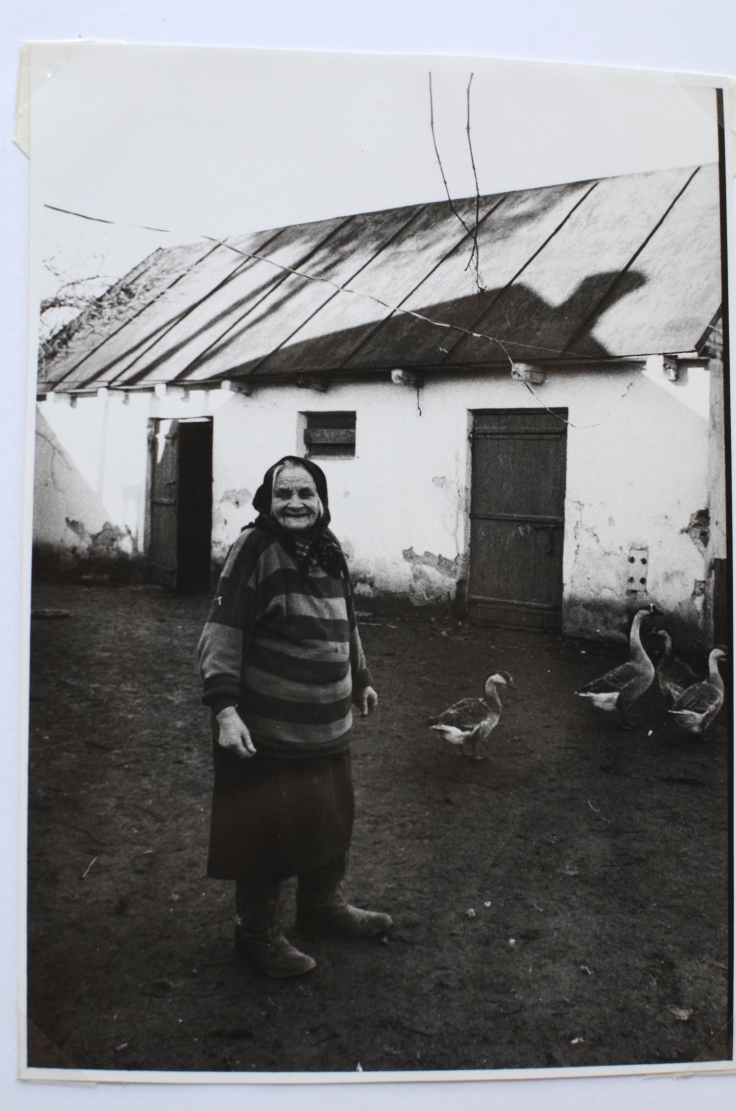
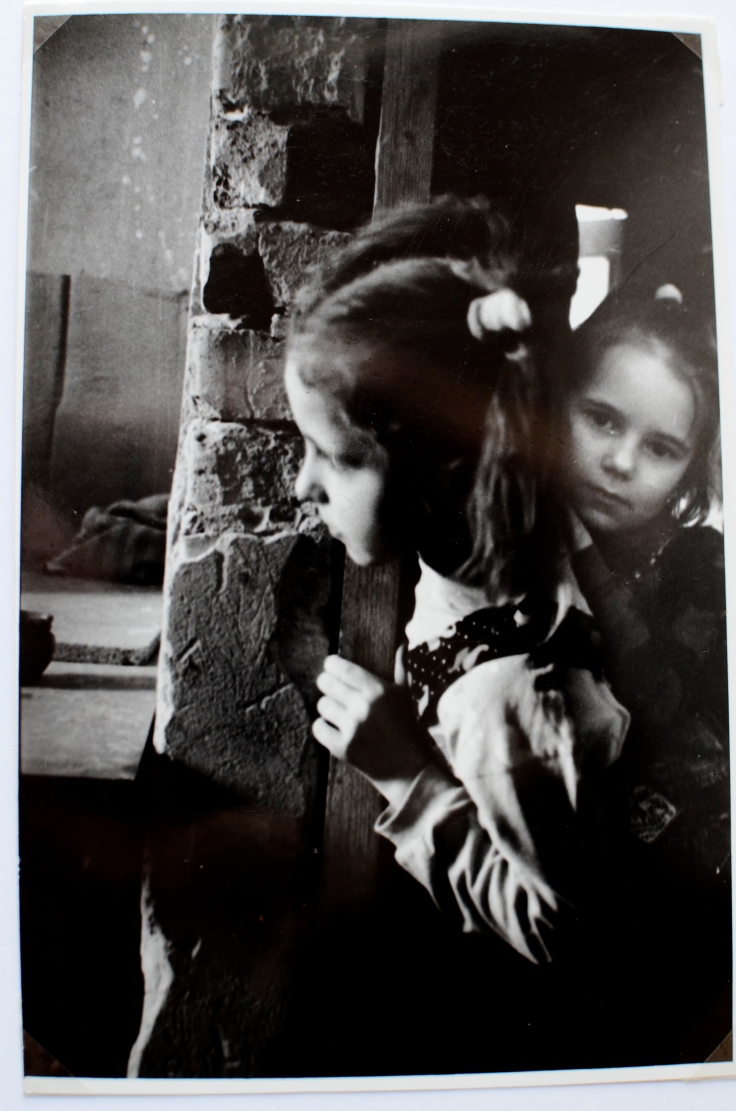
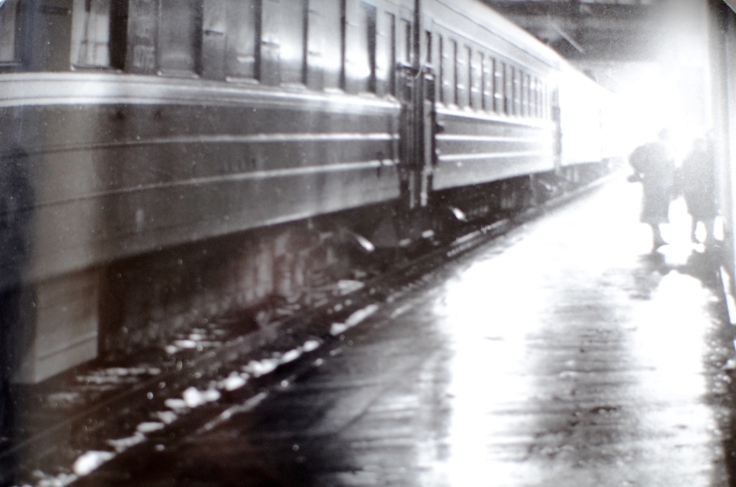
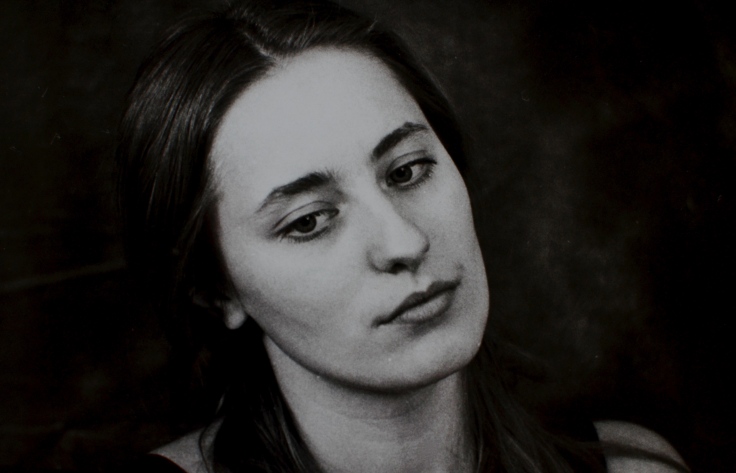
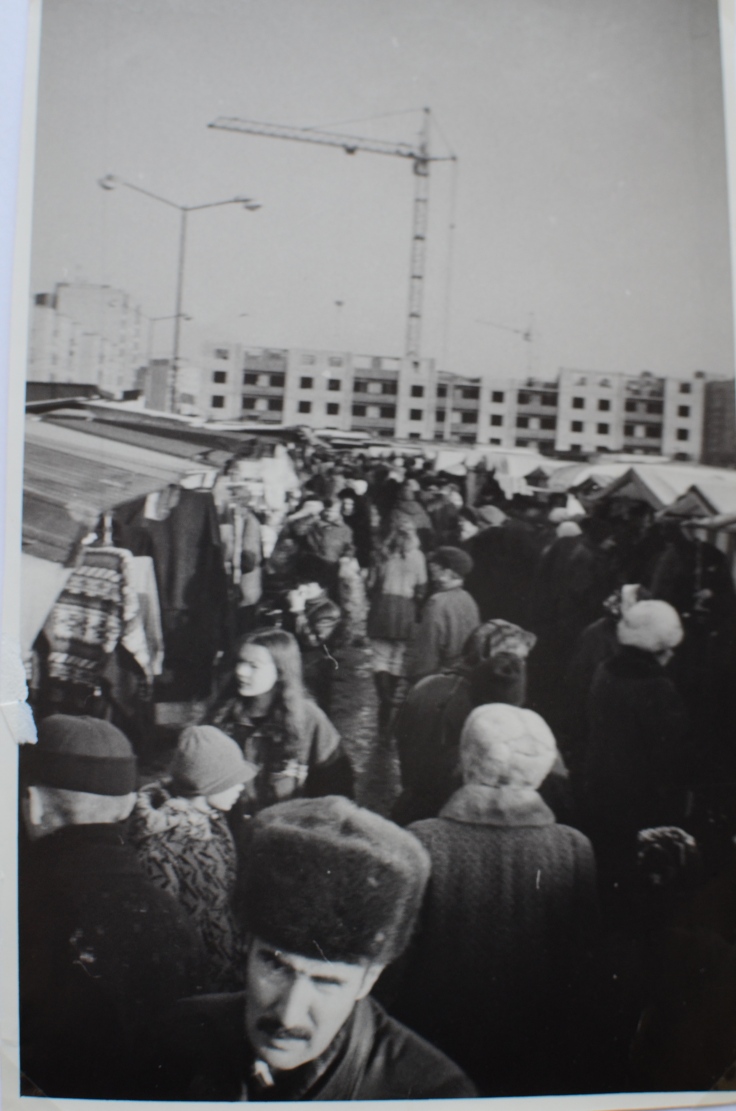
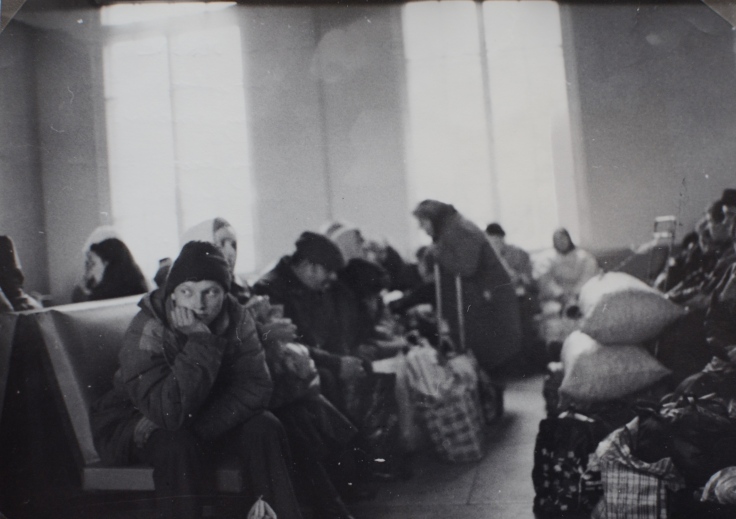
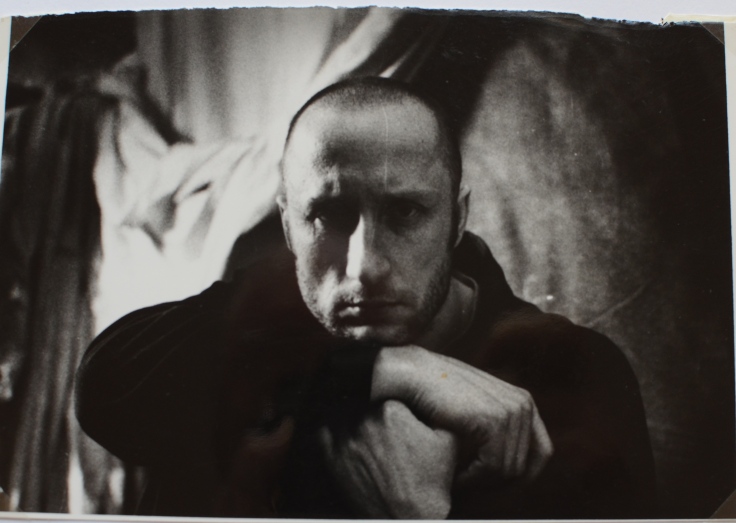
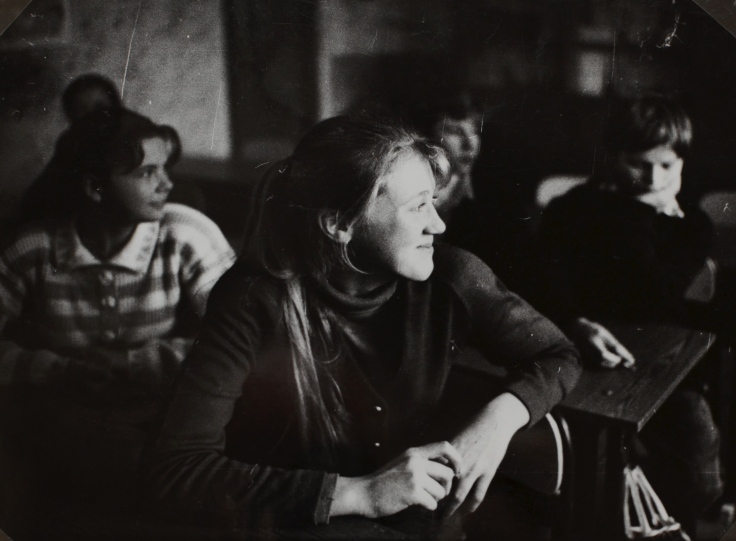
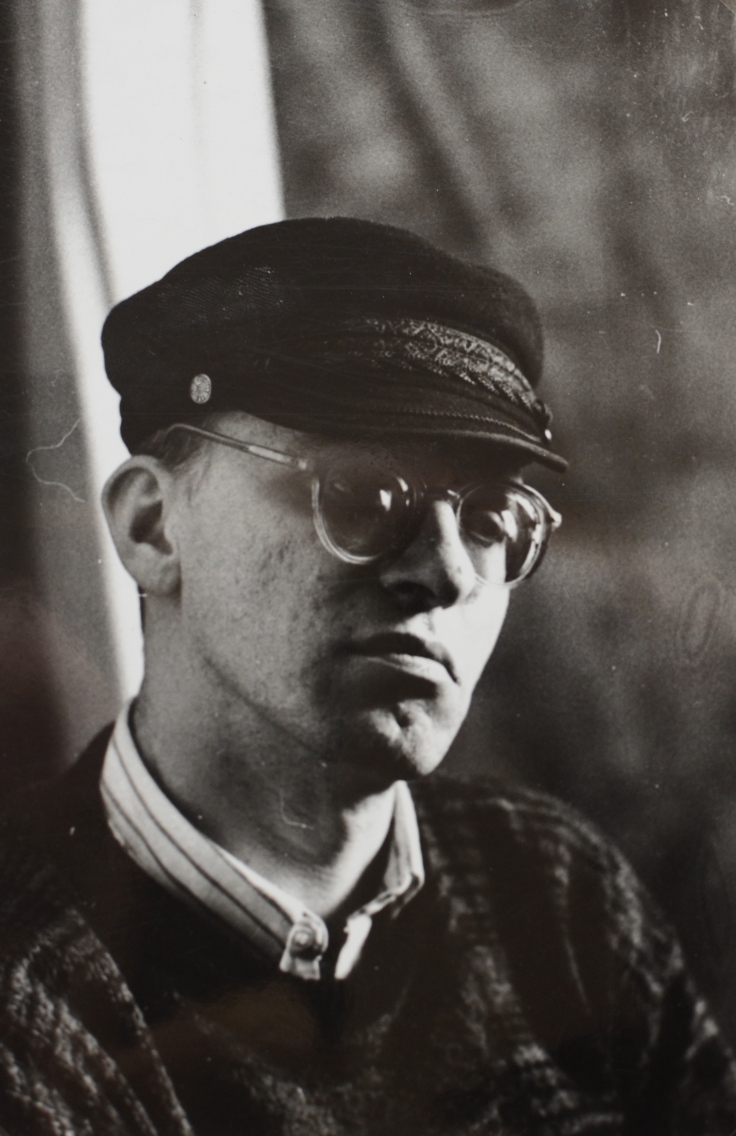
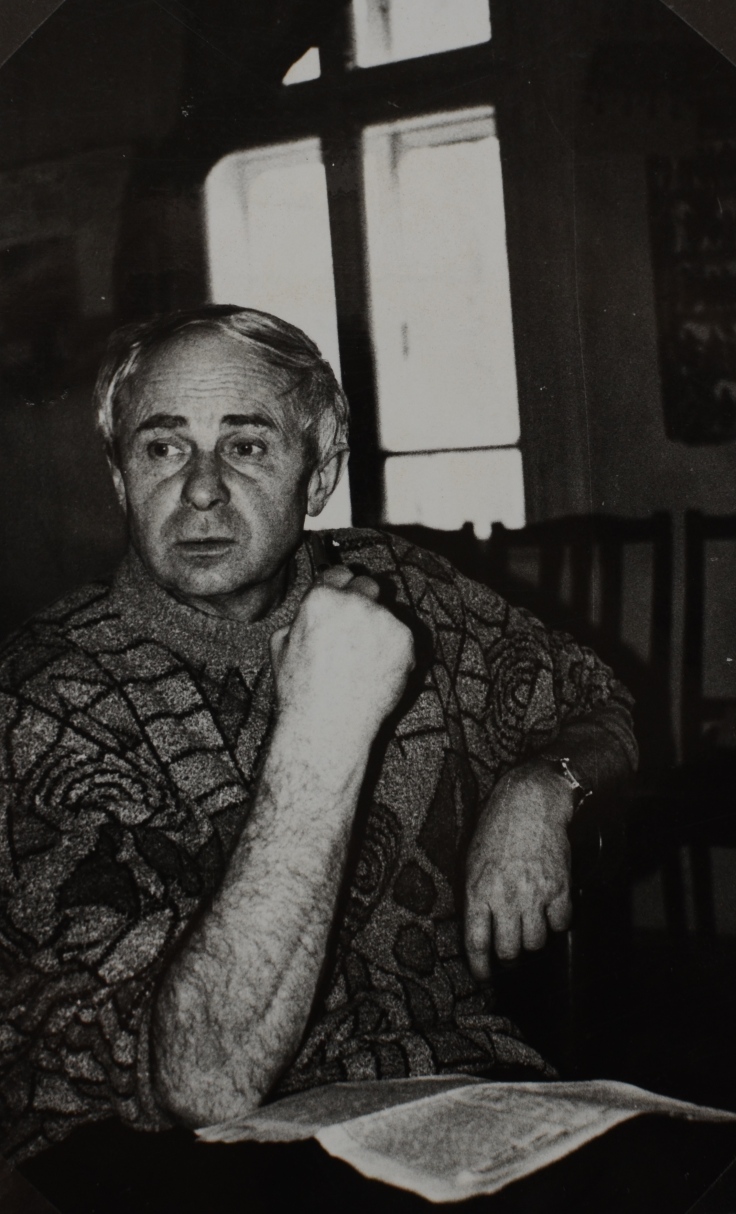
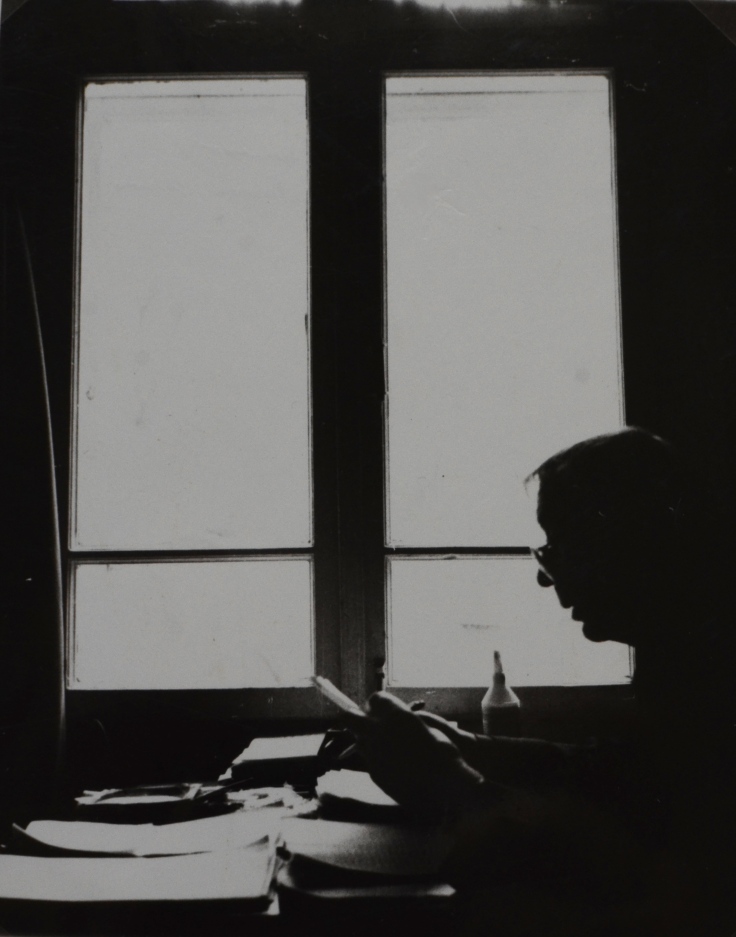
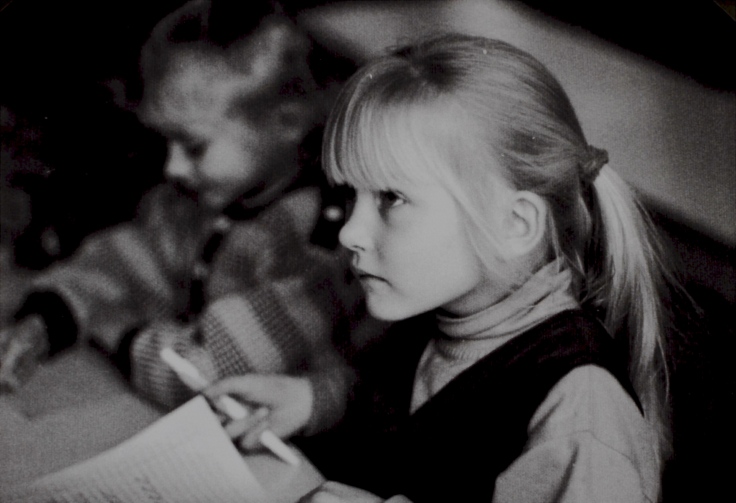
The only standing Synagogue in Lutsk was confiscated by the Soviets during the occupation and, even after the re-independence of Ukraine, the Synagogue was still used as a sports gym. In 1998, instead of being able to use the decaying Synagogue-now-gym, the Passover was celebrated in a small home. At the end of the Passover Seder, led by a visiting rabbi from the United States, old Jewish men and women shared stories of their memories of Passover when they were children. 30,000 Jews were murdered by Soviets and Nazis in Volyn from 1939 to 1945. An old man sat crying softly as he told his story of loss.
Lutsk, and the surrounding region of Volyn, was an important center of Jews prior to the 1930s. In the 1920s and 30s, there were about 50 synagogues and prayer houses in the town. In 1937, there were 15,879 Jews in Lutsk (about 40% of the population). (Encyclopedia of Jews in Eastern Europe)
In September 1939, after annexing the county of Volyn, where Lutsk is situated, “Soviet authorities closed down political, charitable, communal, and cultural institutions, arresting business leaders and political figures. When the Nazis attacked the Soviet Union, only a few Jewish families managed to flee Lutsk. The retreating Soviets shot political prisoners, among them Jews.
German troops occupied the town on 25 June 1941, and the next day local inhabitants carried out a pogrom against the Jews. In June and July of that year, Nazis shot about 3,000 Jews. Having organized a Jewish labor camp, they forced the Jews of Lutsk into a ghetto.
In the spring of 1942, a group of youths was killed trying to escape, and in August and September of that year, more than 25,000 people in the ghetto were murdered. When the Nazis tried to destroy the labor camp on 12 December 1942, they met armed opposition from the 500 prisoners. It took artillery to suppress the resistance. Following the Soviet liberation of Lutsk in February 1944, only about 150 Jews returned.
By 1959, just 600 Jews were living in Lutsk. The fortified synagogue was turned into a movie theater and later into a sports hall. A residential area was constructed on the site of the Rabbinite and Karaite cemeteries.
In 1989, the Volhynian Jewish Culture Society was established for about 1,000 Jews of the town and the surrounding region (about 250 Jews lived in the town itself). In June 1990, a memorial was dedicated at the site where Jews from the town had been murdered. Nine years later, a building that had formerly belonged to the Jewish community was returned to the Jewish organizations of Lutsk. After the large wave of emigration in the 1990s, only about 160 Jews remained in Lutsk, most of them elderly.” (Encyclopedia of Jews in Eastern Europe)
The following are film photos I took in and near Lutsk, Ukraine in 1997 and 98. All images ©Maureen Fitzmahan.

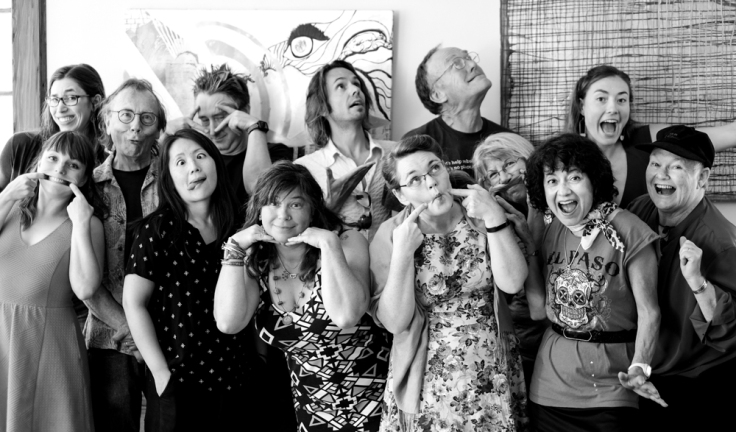
February 16, 2016 at 3:40 pm
These are so great! I haven’t seen these in years.
LikeLiked by 1 person
February 23, 2016 at 1:48 pm
These are truly incredible. Worthy of their own book. I would love to see these compiled with some of the stories that go with them. Truly phenomenal work.
LikeLike
February 24, 2016 at 7:00 am
These are absolutely stunning! Beautiful.
LikeLike
February 25, 2016 at 12:54 pm
Thank you, Stacey.
LikeLike
February 25, 2016 at 12:50 am
Thank you! Need the encouragement. Thank you, Erin, for the introduction on Facebook.
Erin wrote on Facebook: “Check out these phenomenal photographs by my ever-so talented mama, Maureen. Seriously some of the best street photographs! These were all taken on real film and printed in some old basement, underground studio with local artists while we lived in Lutsk, Ukraine in 1998.”
LikeLike